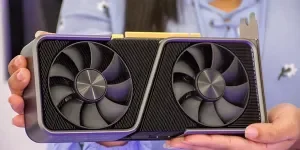Table of Contents
● Why drone sprayers?
● Market overview
● Different types of drone sprayers
● How to select the ideal drone sprayer?
● Conclusion
Why drone sprayers?
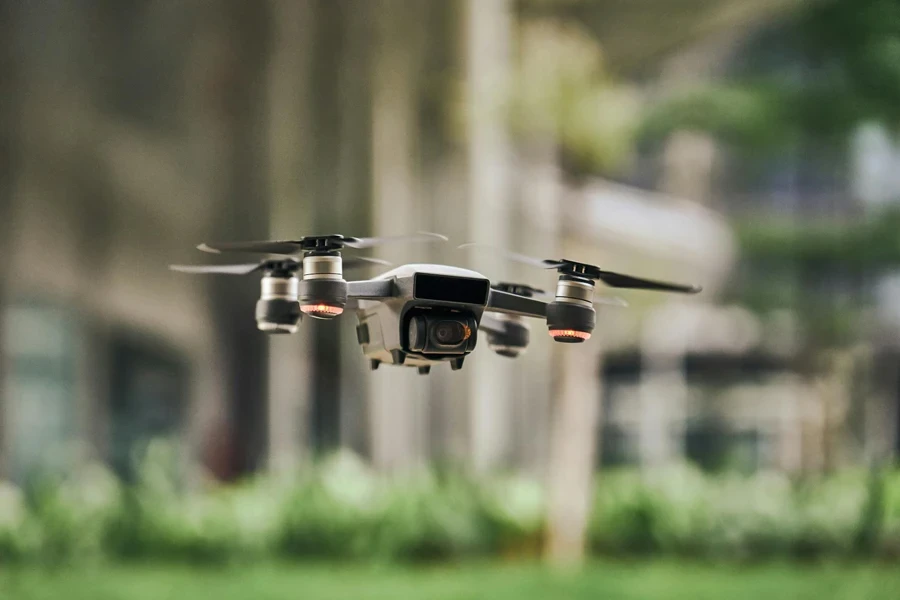
The integration of drones in agriculture is revolutionizing farming practices, enhancing efficiency, and increasing crop yields through advanced technology. Drone sprayers, with their precision and versatility, are transforming how farmers manage crops by enabling accurate pesticide application and detailed crop monitoring. The agriculture drones market is experiencing rapid growth, driven by advancements in drone technology and increasing demand for precision farming. Various types of drones, including fixed-wing, multi-rotor, and hybrid models, offer unique features tailored to different farming needs. Selecting the right drone involves careful consideration of factors such as support, cost, maintenance, tank capacity, application rate, and farm size.
Market overview

Market scale and growth
The agriculture drones market is experiencing significant growth, driven by advancements in drone technology and the increasing adoption of precision farming practices. According to industry data, the market size is projected to grow from USD 4.5 billion in 2023 to USD 17.9 billion by 2028, with a compound annual growth rate (CAGR) of 31.5%. This rapid expansion is fueled by the need for efficient and sustainable farming solutions to meet the rising global demand for agricultural products.
Key drivers
Key drivers of this market include technological innovations such as GPS, multispectral sensors, and advanced data analytics software, which enhance the functionality and usability of agricultural drones. Regulatory support, particularly in the United States, has also played a crucial role, with the Federal Aviation Administration (FAA) providing guidelines and exemptions that facilitate the commercial use of drones in farming. Additionally, the growing necessity for precision farming, which aims to maximize crop yields while minimizing resource use, is propelling the adoption of drone technologies.
Regional insights
Regionally, the Asia Pacific market is expected to dominate the agriculture drones sector due to its large agricultural land area, high population growth, and increasing technological advancements. Countries like China are leading in drone development and manufacturing, supported by substantial governmental investments in agriculture. This region’s adoption of agriculture drones is driven by the need to improve crop yields despite limited resources and to protect crops from unpredictable weather conditions.
Different types of drone sprayers
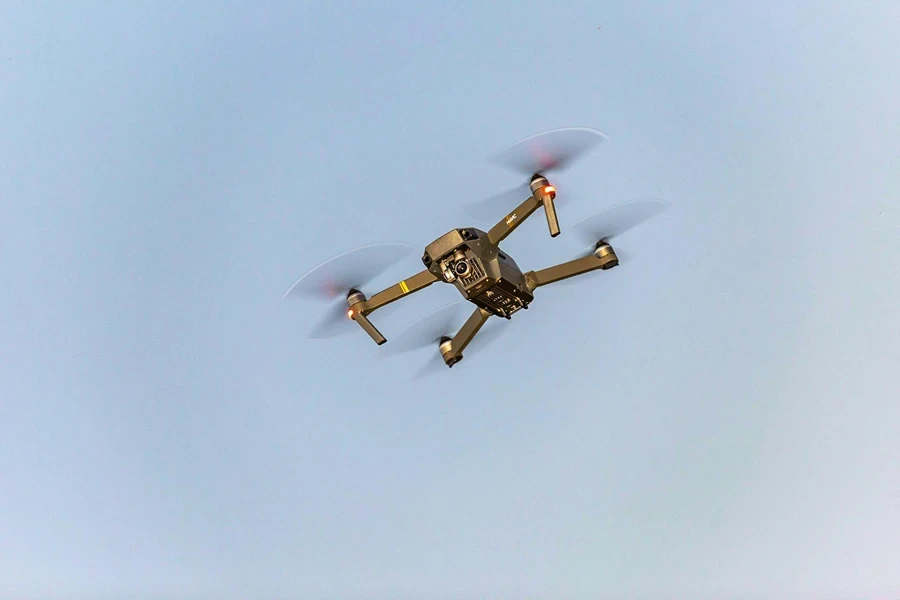
Fixed-wing drones
Fixed-wing drones are designed to cover extensive areas quickly due to their aerodynamic structure. They can achieve flight times of up to 2 hours and cover distances exceeding 100 kilometers on a single battery charge. Equipped with advanced sensors such as LIDAR and multispectral cameras, these drones provide high-resolution aerial surveys and precise mapping capabilities. Fixed-wing drones typically feature wingspans ranging from 1 to 3 meters and can fly at speeds up to 90 km/h. However, they require runways or catapult systems for take-off and landing, which can be a constraint in certain agricultural environments.
Multi-rotor drones
Multi-rotor drones offer superior manoeuvrability and precision, making them ideal for close-up inspections and targeted applications. These drones usually have between four to eight rotors, providing stability and the ability to hover in place. Flight times for multi-rotor drones range from 20 to 40 minutes, with operational ranges of up to 5 kilometres. They are equipped with high-definition cameras, thermal sensors, and multispectral imaging systems for detailed crop health monitoring and pest detection. Multi-rotor drones can carry payloads up to 10 kg, which is useful for carrying various types of sensors or small quantities of agricultural inputs for spot treatments.
Hybrid drones
Hybrid drones combine the vertical take-off and landing (VTOL) capabilities of multi-rotor drones with the long endurance and range of fixed-wing drones. These drones can switch between hovering and efficient forward flight, allowing for versatile operations. Typically, hybrid drones have flight times ranging from 1 to 2 hours and can cover distances of up to 50 kilometres. They are equipped with advanced navigation systems, including GPS, RTK (Real-Time Kinematic) for centimetre-level accuracy and various sensors, such as hyperspectral cameras for detailed environmental analysis. Hybrid drones can carry payloads of up to 20 kg, making them suitable for extensive data collection and large-scale spraying applications. Their ability to operate in varied weather conditions and challenging terrains makes them highly adaptable to different agricultural needs.
How to select the ideal drone sprayer?
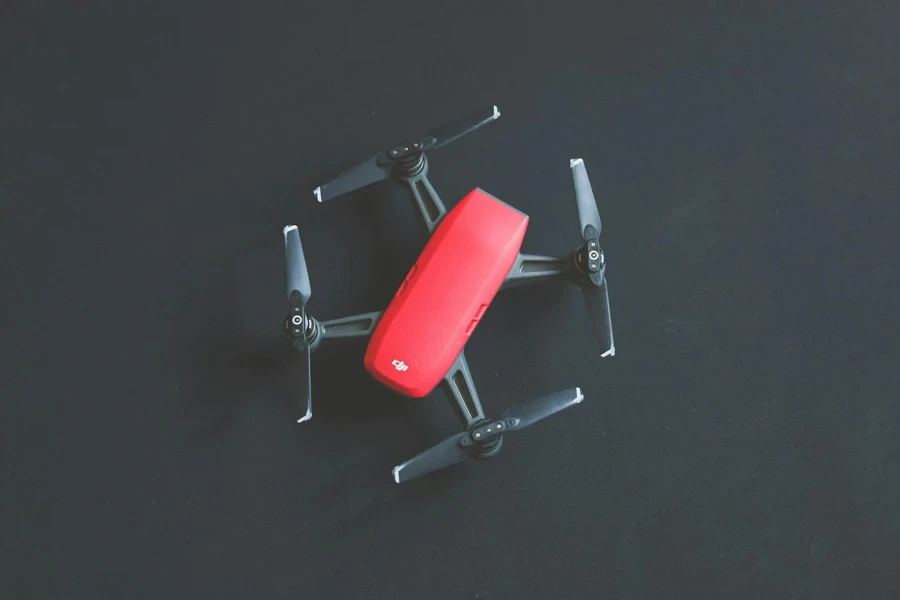
Support and training
When integrating spray drones into agricultural operations, it’s crucial to have access to comprehensive training sessions and robust customer support. Training should cover not only basic operations but also advanced features like GPS calibration, software updates, and troubleshooting. Manufacturers should provide ongoing support, including access to technical manuals, online tutorials, and a responsive helpdesk to address any operational issues quickly.
Cost comparison
Evaluating the initial purchase cost against the long-term value is vital. Advanced spray drones can range from $10,000 to $50,000, depending on their capabilities. While high-end drones require a larger upfront investment, features like autonomous flight modes, advanced sensors, and data analytics capabilities can significantly enhance productivity and crop yields, leading to greater savings over time. It’s important to factor in potential reductions in labour costs, pesticide usage, and improved crop health when comparing costs.
Maintenance costs
Spray drones require regular maintenance, including routine checks, part replacements, and software updates. Maintenance costs can vary widely; for example, battery replacements can cost between $500 and $1,000, and high-end sensors can cost up to $2,000. Drones with modular designs that allow for easy replacement of parts can reduce maintenance downtime. It’s also essential to consider the average lifespan of key components like motors, which typically last for 200-300 flight hours, and the availability of these parts.
Spray tank capacity
The spray tank capacity directly impacts operational efficiency. Drones with larger tanks (10-20 litres) can cover more ground in a single flight, reducing the frequency of refills. However, larger tanks increase the drone’s weight, potentially impacting its flight time and manoeuvrability. For example, a drone with a 20-litre tank might have a reduced flight time of 15-20 minutes compared to a smaller 5-litre tank, which could offer up to 30 minutes of flight. Balancing tank size with the drone’s payload capacity and battery life is crucial for optimal performance.
Spray application rate
The spray application rate, typically measured in litres per hectare, is a critical factor in ensuring effective pesticide and fertilizer distribution. Advanced drones offer adjustable application rates ranging from 1 to 2 litres per hectare, allowing for precise control based on crop type and growth stage. Some drones feature variable rate technology (VRT) that adjusts the application rate in real time based on sensor data, ensuring uniform coverage and reducing waste.
Farm size
The size of the farm and the type of crops cultivated significantly influence the choice of spray drone. For small to medium-sized farms (up to 100 hectares), multi-rotor drones with a flight range of 5-10 kilometres and a tank capacity of 5-10 litres are suitable. For larger farms (over 100 hectares), fixed-wing or hybrid drones with extended flight ranges of up to 50 kilometres and larger tanks (15-20 litres) are more efficient. Crop types also matter; precision spraying for high-value crops like vineyards or orchards requires drones with advanced imaging and sensor capabilities.
Operational considerations
Ease of use, battery life, durability, and adaptability to different terrains are key factors when selecting a spray drone. Drones should feature intuitive controls and autonomous flight planning to simplify operations. Battery life varies, with high-capacity batteries providing up to 30 minutes of flight time per charge, while hot-swappable batteries can minimize downtime. Durability is crucial; drones should be built with weather-resistant materials and feature robust designs to withstand harsh agricultural environments. Additionally, drones should be capable of operating in various terrains, with features like terrain-following radar and obstacle avoidance systems to navigate complex landscapes effectively.
Conclusion
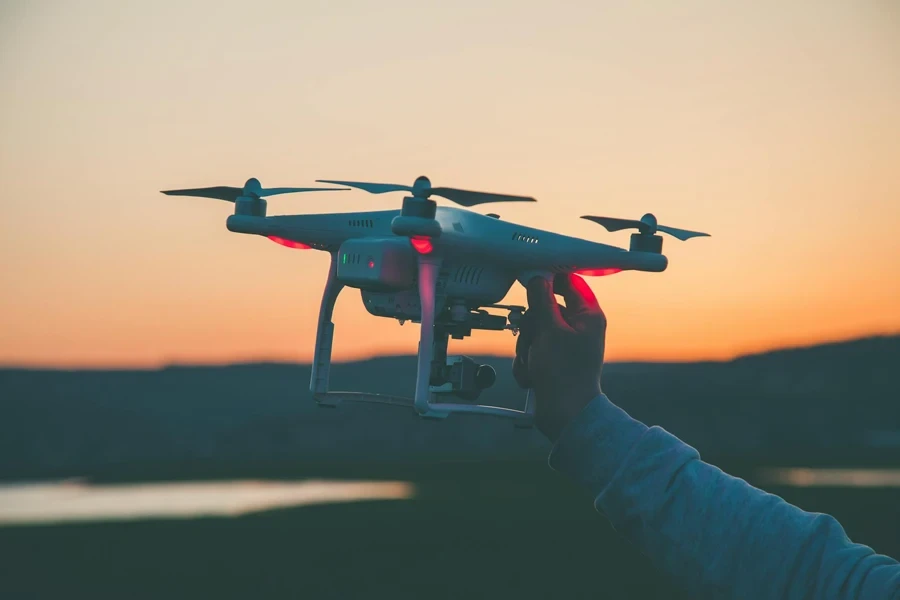
Drone sprayers have significantly transformed modern agriculture, offering enhanced efficiency, precision, and productivity in crop management. By carefully selecting the right drone based on specific farming needs, including factors like support, cost, maintenance, tank capacity, application rate, farm size, and operational considerations, agricultural operations can be optimized. The integration of advanced technologies in drone sprayers ensures that farmers can meet the challenges of sustainable agriculture, leading to better resource management and higher crop yields.

